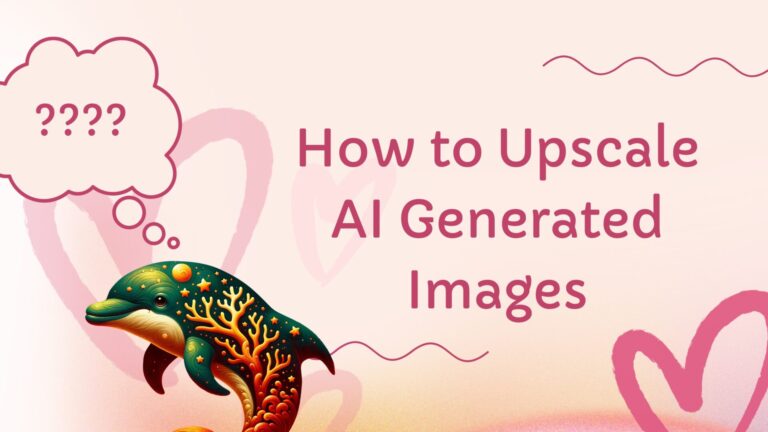Embeddings are a cornerstone of machine learning, enabling computers to “understand” data like text, images, or audio. If you’re new to artificial intelligence, this article will explain what embeddings are, why they matter, and how they’re used.
What Are Embeddings?
An embedding is a way to convert complex data—such as words, sentences, or images—into a set of numbers called a vector. This vector captures the essence of the data in a format that machines can process. For example, in text processing, embeddings help computers recognize that “cat” and “kitten” are more related than “cat” and “table.”
Embeddings aren’t limited to text:
- Text: Words, sentences, or entire texts are turned into vectors to analyze their meaning.
- Images: Images are converted into numerical representations for tasks like object recognition.
- Other Data: Audio, graphs (e.g., social networks), or time series can also be represented as embeddings.
Why Are Embeddings Important?
Embeddings enable machines to work with non-numerical data. They help:
- Identify similarities between objects (e.g., finding synonyms or similar images).
- Classify data (e.g., detecting spam in emails).
- Power recommendation systems (e.g., in streaming platforms).
- Generate new data (e.g., creating images or text).
Basics of Vector Spaces
Embeddings rely on vector spaces—mathematical structures where data is represented as vectors. A vector is a point in space with coordinates that describe an object. For instance, the word “cat” might be represented as [0.2, -0.5, 0.9, …], where the numbers encode its meaning and context.
- Vector Dimensionality: The number of coordinates. High-dimensional vectors (hundreds or thousands of coordinates) provide detailed representations but require more computation.
- Distance Between Vectors: Measures how similar objects are. For example, vectors for “cat” and “kitten” are closer than those for “cat” and “car.”
Distance Metrics
To measure similarity between objects, we use metrics:
- Euclidean Distance: Measures the straight-line distance between two points. Formula:

Works well for simple tasks but can be less effective in high-dimensional spaces.
- Manhattan Distance: Sums the absolute differences of coordinates:

Useful when absolute differences matter.
- Cosine Similarity: Measures the angle between vectors, indicating semantic closeness:

A popular choice for text embeddings due to its robustness in high-dimensional data.
To simplify high-dimensional embeddings, techniques like PCA or t-SNE reduce dimensionality while preserving meaning.
Types of Embeddings
| Category | Type | Description |
|---|---|---|
| Text Embeddings | Word Embeddings | Convert words into vectors that reflect their meaning. For example, “cat” and “kitten” have similar vectors. |
| Sentence Embeddings | Represent entire sentences or texts, capturing context and nuances. | |
| Image Embeddings | CNN (Convolutional Neural Networks) | Transform images into vectors for tasks like classification or generation. |
| Autoencoders | Compress images into compact vectors for analysis or reconstruction. | |
| Other Data Types | Graph Embeddings | Represent nodes and connections in graphs, e.g., for recommendation systems. |
| Sequence Embeddings | Used for sequences like time series or musical notes. |
Popular Algorithms for Creating Embeddings
Word2Vec
Word2Vec creates vector representations of words based on their context in text. It has two approaches:
- CBOW (Continuous Bag of Words): Predicts a word based on its context. For example, from “dog barks at,” it predicts “mailman.”
- Skip-gram: Predicts context words from a given word. For “cat,” it predicts words like “meows” or “mouse.”
from gensim.models import Word2Vec
# Sample sentences
sentences = [
["cat", "chases", "mouse"],
["dog", "chases", "cat"],
["cat", "runs", "from", "dog"]
]
# Create and train the model
model = Word2Vec(sentences, vector_size=100, window=5, min_count=1, workers=4)
model.train(sentences, total_examples=model.corpus_count, epochs=10)
# Get word vector
vector = model.wv["cat"]
# Find similar words
similar_words = model.wv.most_similar("cat")
print(similar_words)GloVe
GloVe (Global Vectors) builds embeddings by analyzing how often words co-occur in a text corpus. For example, the vectors for “king” and “queen” reflect their semantic relationship.
from gensim.scripts.glove2word2vec import glove2word2vec
from gensim.models import KeyedVectors
# Convert GloVe to Word2Vec format
glove_file = "glove.6B.100d.txt"
word2vec_output_file = "glove.6B.100d.word2vec"
glove2word2vec(glove_file, word2vec_output_file)
# Load the model
model = KeyedVectors.load_word2vec_format(word2vec_output_file, binary=False)
# Get word vector
vector = model["computer"]
# Find similar words
similar_words = model.most_similar("computer")
print(similar_words)For Russian text, use models like Navec, designed for Russian language processing.
How to Start Learning Embeddings?
- Learn the Basics:
- Study linear algebra and vector spaces.
- Learn Python and libraries like gensim or TensorFlow.
- Practice Hands-On:
- Experiment with Word2Vec or GloVe models on platforms like Google Colab.
- Solve tasks on Kaggle to see embeddings in action.
- Take Courses:
- Explore free lessons on Coursera or Fast.ai.
- Join webinars, like the upcoming OTUS session on recommendation systems, covering SVD and ALS algorithms.
- Engage with Communities:
- Read articles on X, Medium, or tech blogs.
- Join discussions on Reddit or Telegram.
Conclusion
Embeddings bridge human-understandable data and machine processing, enabling computers to interpret text, images, and more. Start with simple experiments, explore algorithms like Word2Vec and GloVe, and dive into the exciting world of machine learning!







